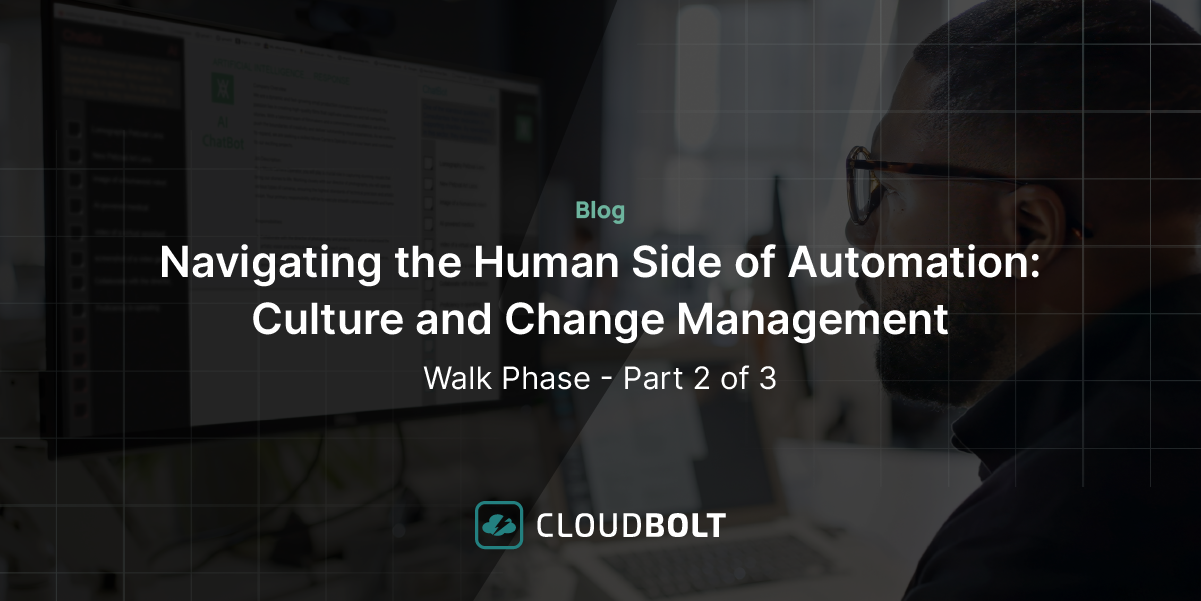Weekly CloudNews: Why Hybrid Over Public or Private Cloud?
Welcome to this week’s edition of CloudBolt’s Weekly CloudNews!
Here are the blogs we’ve posted this week:
- Get More Out of vRA 8 & Terraform: Experience OneFuse in WWT’s Lab Environment
- How Using Azure Advisor Impacts Your Public Cloud Costs
With that, onto this week’s news:
When does hybrid cloud trump private or public cloud?
Dashveenjit Kaur, Tech HQ, Aug. 13, 2021
“Nearly 94% of businesses surveyed in NTT’s 2021 Hybrid Cloud Report said that the hybrid cloud was a core enabler for their business strategy and critical to meeting their immediate business needs. Additionally, one of the key findings of the NTT report was that while business continuity, resilience, and agility were the top objectives for hybrid cloud adoption, the biggest driver was cost efficiency.
A study by IDC showed that over a five-year period, a bursting workload on hybrid cloud cost 44% less than its native public cloud equivalent, even after taking into account all the costs associated with computing and storage infrastructure management, application installation and software licensing fees, as well as refactoring and migration costs. Another study by IDC found strong cost efficiencies in migrating workloads to a hybrid solution compared to another public cloud – organizations incurred up to 57% lower migration costs, translating into savings of over US$200,000 per 100 virtual machines.”
Cloud Computing vs. On Premises: The Diminishing Differences
Christopher Tozzi, IT Pro Today, Aug. 12, 2021
“For years, one of the biggest questions IT teams had to ask themselves when planning a new deployment was, ‘Should we use cloud or on-prem?’ Today, the cloud computing vs. on premises decision is becoming less and less important. The differences between cloud and on-premises environments have grown increasingly irrelevant from the perspective of application developers and IT engineers.
Take pricing models, for one. It’s no longer the case that the cloud is the only place to find pay-as-you-go pricing. Center vendors offer the same pricing structure for on-prem resources that customers deploy in their own data centers. Indeed, you could make a good case today that the cloud tends to be more secure than on prem. Cloud providers’ IAM frameworks enable more granular access control than most on-prem environments can support. Cloud providers also tend to be better at keeping their environments patched, and at following security best practices, than teams that manage on-prem infrastructure.”
UK government advises firms to use cloud to reduce carbon emissions
Fin Strathern, Cloud Tech News, August 17, 2021
“UK businesses are being told to accelerate cloud adoption in an upscaled effort to tackle climate change, the UK government’s Department for Business, Energy and Industrial Strategy (BEIS) has advised. This in turn is part of a wider push by the government to encourage businesses to get behind its climate change-tackling net-zero emissions campaign, in which firms across the country are being challenged to halve their carbon footprints by 2030.
‘Large cloud providers are generally more energy efficient than traditional enterprise data centres,’ said the advisory note. ‘That’s thanks to IT operational and equipment efficiency, data center infrastructure efficiency and a higher utilisation of renewable energy. So consider moving from on-premise servers to the cloud.”
We’re here to help you anywhere on your hybrid and multi-cloud journey. Request a demo today.
Related Blogs

Why FinOps Faces an Existential Crisis—and What Can Save It
As a technology leader of twenty-five years, I have worked on many solutions across a variety of sectors. These solutions…

